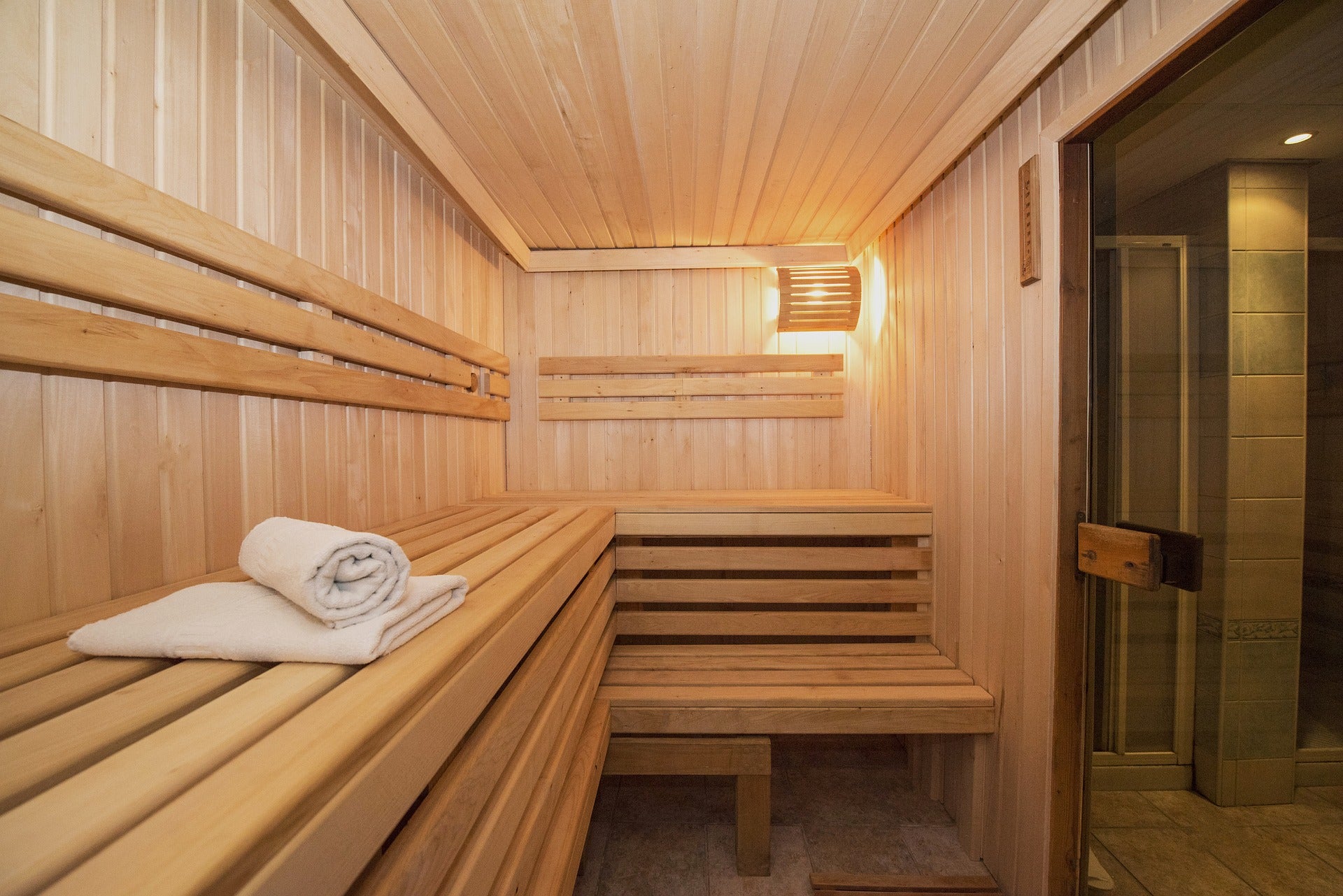A Biased View of Traditional Sauna
A Biased View of Traditional Sauna
Blog Article
Fascination About Traditional Sauna
Table of ContentsThe Greatest Guide To Traditional SaunaThe 9-Second Trick For Traditional SaunaThe Main Principles Of Traditional Sauna The 6-Minute Rule for Traditional SaunaNot known Facts About Traditional Sauna
Power cost savings is one point to think about for people who intend on utilizing their sauna frequently. For a conventional sauna, bathers usually require to wait on 30-40 minutes for the room to preheat before getting in. Infrared saunas, on the various other hand, normally reach their excellent temperature level in around 15 mins.That implies that in an infrared sauna, bathers can begin appreciating their sauna instantly. One distinction in between the 2 kinds of sauna that is often forgotten is the social experience.

Traditional Sauna Fundamentals Explained

Try a sauna today and uncover several of the incredible advantages on your own!.

Aspects such as warm resistance, preferred level of cleansing, and overall wellness needs to be taken into account when making a decision which type of sauna to utilize. Infrared saunas are a type of sauna that use infrared light to heat up the body straight, instead than warming the air around the body like traditional saunas.
The Buzz on Traditional Sauna
The temperature in an infrared sauna is usually reduced than in a traditional sauna, with temperatures ranging from 120F to 150F. Infrared saunas provide a variety of benefits that make them an appealing choice for those seeking to improve their wellness and wellness. A few of the benefits of infrared saunas consist of: Infrared saunas use reduced temperature levels than conventional saunas, which can make them a lot more comfortable for those who locate high temperature levels tough to endure.
Infrared saunas have actually been revealed to help the body get rid of toxins through sweating. Sweating can also help to boost Source skin health and wellness by getting rid of pollutants and dead skin cells.
The heat produced by infrared saunas can assist to boost blood circulation and boost circulation. This can help to minimize inflammation, advertise recovery, and enhance overall cardio health. Infrared saunas have been revealed to help lower anxiety and advertise relaxation. This can aid to improve mood, reduce anxiousness, and improve overall mental wellness.
With their lower temperatures, deep infiltration, and series of wellness benefits, infrared saunas are a terrific means to unwind, take a break, and improve your general wellness. Conventional completely dry saunas have actually been around for centuries and are visit the site still prominent today. They are commonly heated with timber, gas, or electricity and have low moisture degrees.
The Main Principles Of Traditional Sauna
There are numerous advantages to making use of a traditional dry sauna. Here are a few: Relaxation: The heat and low humidity in traditional dry saunas can help unwind the muscle mass and decrease tension levels. Cleansing: Sweating in a sauna can assist eliminate toxins from the body, which can improve overall health.
When it comes to saunas, there are 2 major sorts of home heating approaches: standard and infrared. Standard saunas utilize warmed air to heat the body, while infrared saunas use infrared radiation to penetrate the skin and warmth the body from within. Among the primary differences between both approaches is the sort of warmth they generate.
Traditional saunas warm the air, which after that heats up the body with convection. Infrared saunas, on the various other hand, warm the body straight with radiation.
In regards to power performance, infrared saunas are normally much more effective than conventional saunas since they need much less power to operate. They additionally heat up quicker, so they can be used for much shorter sessions. Traditional Sauna. When it involves the effects on the body, both sorts of saunas have been revealed to have benefits
More About Traditional Sauna
Infrared saunas have actually been shown to have similar advantages, in addition to potentially aiding with cleansing, skin wellness, and immune function. Overall, the option between a standard or infrared sauna comes down to individual preference and private requirements. Traditional saunas may be much better for those who favor higher temperatures and an extra intense sweat response, while infrared saunas may be better for those who desire an even more mild and effective warmth therapy.
Both types of saunas use distinct benefits and drawbacks that must be taken into consideration prior to choosing. The selection in between an infrared website link sauna and a standard dry sauna mostly relies on personal preference and the desired advantages. Those that choose an even more comfortable, reduced temperature environment might prefer an infrared sauna, while those who are looking for extreme warm and a conventional sauna experience may prefer a typical completely dry sauna.
Right here are some security tips to maintain in mind when using infrared and conventional completely dry saunas:: Saunas can cause excessive sweating, bring about dehydration. It is necessary to consume lots of water in the past, during, and after sauna sessions to stay hydrated.: It is recommended to limit sauna sessions to 20-30 mins to prevent overheating and dehydration.
Report this page